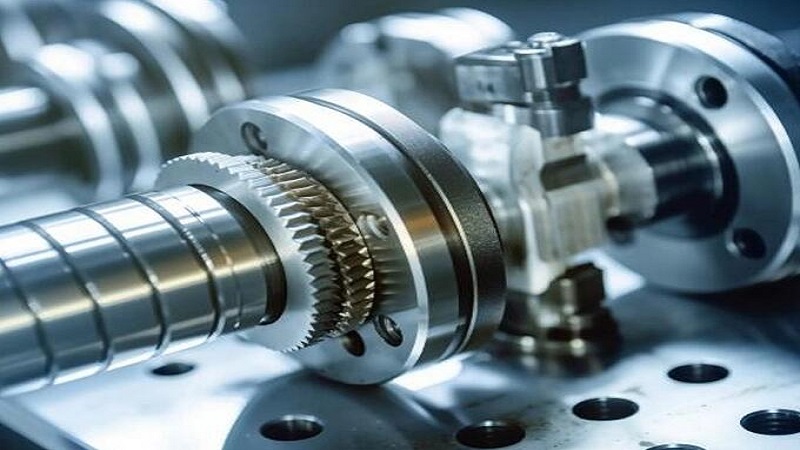Forging is a use of forging machinery to exert pressure on the metal billet, so that it produces plastic deformation to obtain a certain mechanical properties, a certain shape and size of the forging processing method, forging (forging and stamping) one of the two major components. Through the forging can eliminate the metal in the smelting process produced in the cast state of loose and other defects, optimize the microstructure of the organization, and at the same time, due to the preservation of the complete metal flow, the mechanical properties of forgings are generally better than the same material castings. Related machinery in the high load, severe working conditions of the important forging spare parts, in addition to the shape of the simpler available rolled plates, profiles or welded parts, more forgings.
The beginning of steel recrystallization temperature of about 727 ℃, but generally used 800 ℃ as a dividing line, higher than 800 ℃ is hot forging; between 300 to 800 ℃ is called warm forging or semi-hot forging, forging at room temperature is called cold forging. Used in most industries are hot forging forgings, warm forging and cold forging is mainly used for automobiles, general machinery and other parts of the forging, warm forging and cold forging can be effective material savings!
According to the forming mechanism, forging can be divided into free forging, die forging, grinding ring, special forging.
Refers to the use of simple general-purpose tools, or in the forging equipment on and off the anvil iron directly between the billet to apply external forces, so that the billet deformation and obtain the desired geometry and internal quality of the forging processing methods. Free forging method of production of forgings is called free forging. Free forging is based on the production of small batches of forgings, the use of forging hammers, hydraulic presses and other forging equipment on the billet forming process, to obtain qualified forgings. The basic processes of free forging include upsetting, elongation, punching, cutting, bending, twisting, misalignment and forging. The free forging is hot forging.
Die forging is divided into open and closed die forging. Metal billet in a certain shape of the forging die chamber pressure deformation and obtain forgings, die forging is generally used in the production of small weight, batch size parts!
This is the last one.



